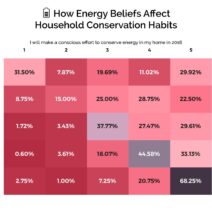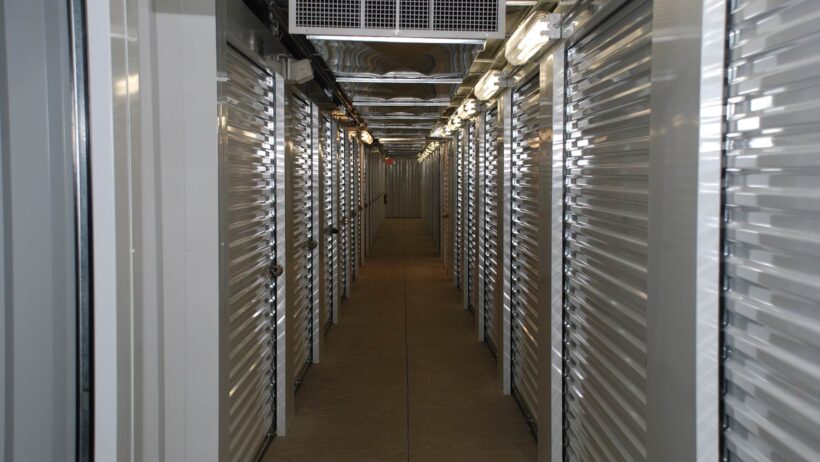In a world increasingly preoccupied with the impacts of climate change, one might wonder about the myriad choices we make concerning the storage of our possessions. This leads us to the intriguing question: is climate-controlled storage truly worth it? As more individuals seek to protect their belongings from extreme temperature fluctuations and humidity, understanding the intricacies of climate-controlled storage becomes essential.
Understanding Climate-Controlled Storage
Climate-controlled storage units are designed to mitigate the effects of external environmental conditions on stored items. Typically maintained at a consistent temperature and humidity level, these units offer a sanctuary for sensitive items such as electronics, antiques, artwork, and important documents. But why is this level of protection necessary? The answer often lies in the devastating effects that temperature extremes and moisture can have on various materials.
For instance, wooden furniture can warp or crack when exposed to extreme heat or cold. Similarly, moisture can foster mold and mildew, which can irreparably damage paper products, photographs, and textiles. Conversely, a climate-controlled environment helps maintain optimal conditions, preserving the integrity of what many consider cherished belongings.
The Cost-Benefit Analysis
One of the most pressing questions for potential customers pertains to costs. Climate-controlled storage units typically incur a higher rental fee compared to standard units. The decision hinges on a cost-benefit analysis. If the items being stored hold significant monetary or sentimental value, investing in climate control may be prudent.
Take, for example, an individual storing a collection of classic vinyl records. The potential for warping or degradation in a standard storage unit is substantial, thus rendering the value of those records significantly lower, or worse, permanently lost. In contrast, a climate-controlled unit minimizes these risks, ultimately preserving value over time.
Who Needs Climate-Controlled Storage?
Identifying whether climate-controlled storage is right for you entails evaluating the specific needs of your items. Certain categories of items greatly benefit from a regulated environment:
- Electronics: Devices such as computers, televisions, and stereo systems are particularly vulnerable to temperature extremes and humidity. Climate-controlled storage safeguards against these variables.
- Art and Antiques: Paintings, sculptures, and vintage furnishings are often irreplaceable treasures. Fluctuating temperature and humidity levels can cause irreversible damage.
- Wine Collections: For collectors, wine requires meticulous attention to both temperature and humidity, as variations can adversely affect quality.
- Documents and Photographs: Paper products, especially those made with acidic materials, can deteriorate rapidly when exposed to moisture and temperature fluctuations.
While not every item necessitates such conditions, evaluating the collective value of stored belongings can clarify whether the investment is justified.
Environmental Implications
Interestingly, the sustainability aspect of climate-controlled storage can’t be overlooked. While it may seem counterintuitive, these facilities often employ energy-efficient systems designed to limit their carbon footprints. Many modern facilities utilize advanced insulation technologies and eco-friendly heating and cooling methods. Consequently, while the energy consumption is higher compared to traditional units, the environmental impact of high-quality and energy-efficient technology may present a viable trade-off.
This leads to broader considerations regarding consumer behavior and storage practices. By investing in climate-controlled units for valuable items, individuals may reduce the need for replacements that contribute to waste and overconsumption. Aligning personal storage choices with environmentally conscious attitudes can foster a positive approach to resource management.
Finding the Right Facility
Should you decide that climate-controlled storage is indeed the appropriate path for your needs, it is vital to choose a reputable facility. Numerous factors come into play when selecting the right storage unit:
- Location: Proximity matters. A conveniently located facility minimizes the energy consumed while traveling to and from – a significant aspect when weighing the importance of sustainability.
- Security: After all, it’s not just about climate; safeguarding your belongings is paramount. Look for features such as 24/7 surveillance, access controls, and well-lit facilities.
- Accessibility: Consider how often you need to access your items. Ensure the facility accommodates your access requirements.
- Reviews: Glean insights from previous customers. A facility with a reputation for excellent customer service and clean environments will likely enhance your overall experience.
Conclusion
Ultimately, the question of whether climate-controlled storage is worth it requires careful consideration of individual needs, item specifics, and broader ethical implications. For those possessing valuable, sensitive objects, the investment can pay dividends that far exceed the monetary cost. As society continues to grapple with climate concerns, exploring storage solutions that prioritize protection and sustainability not only safeguards personal belongings but also encourages responsible consumption habits. In this light, climate-controlled storage may represent a prudent choice for the conscientious consumer.








